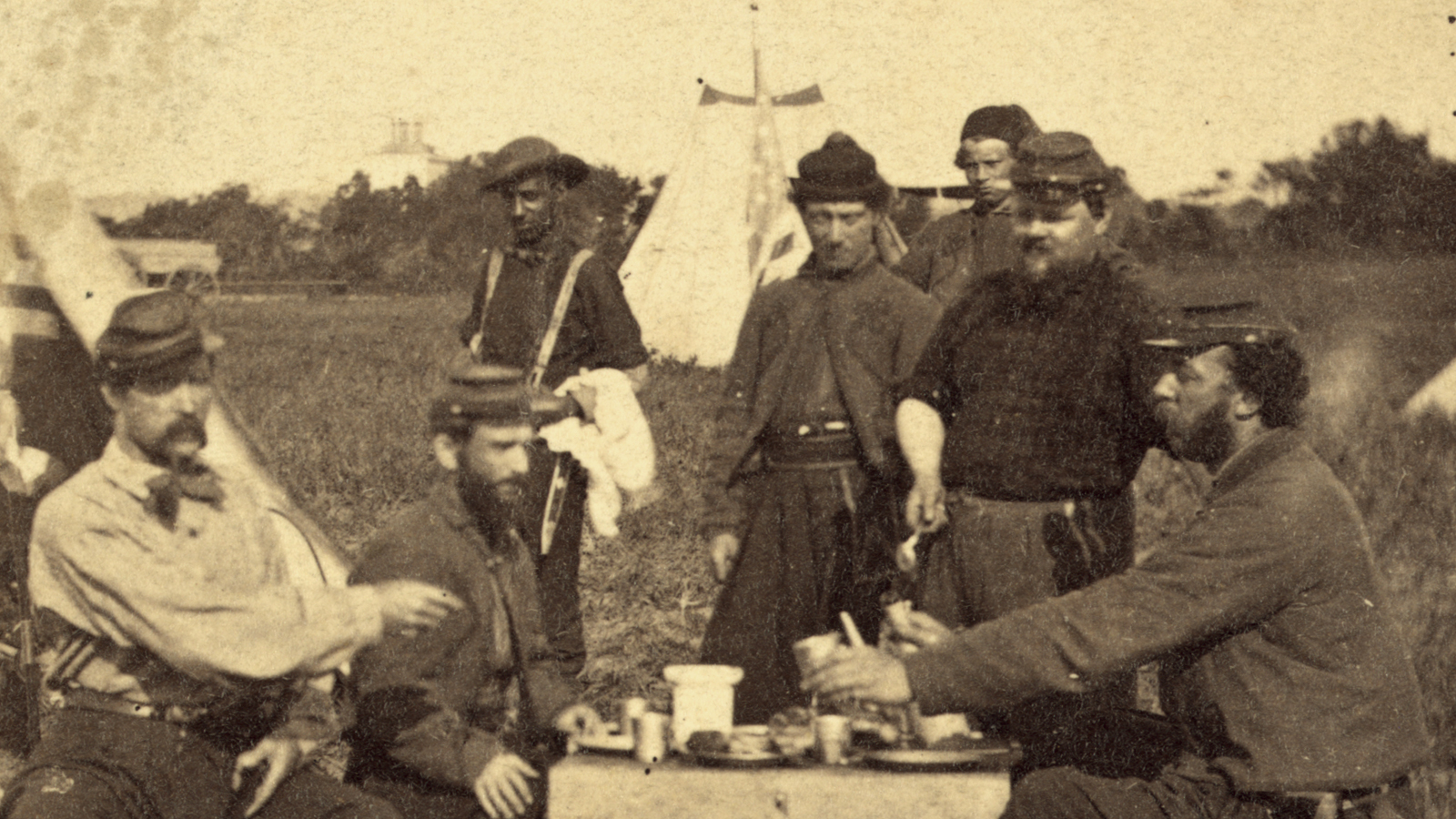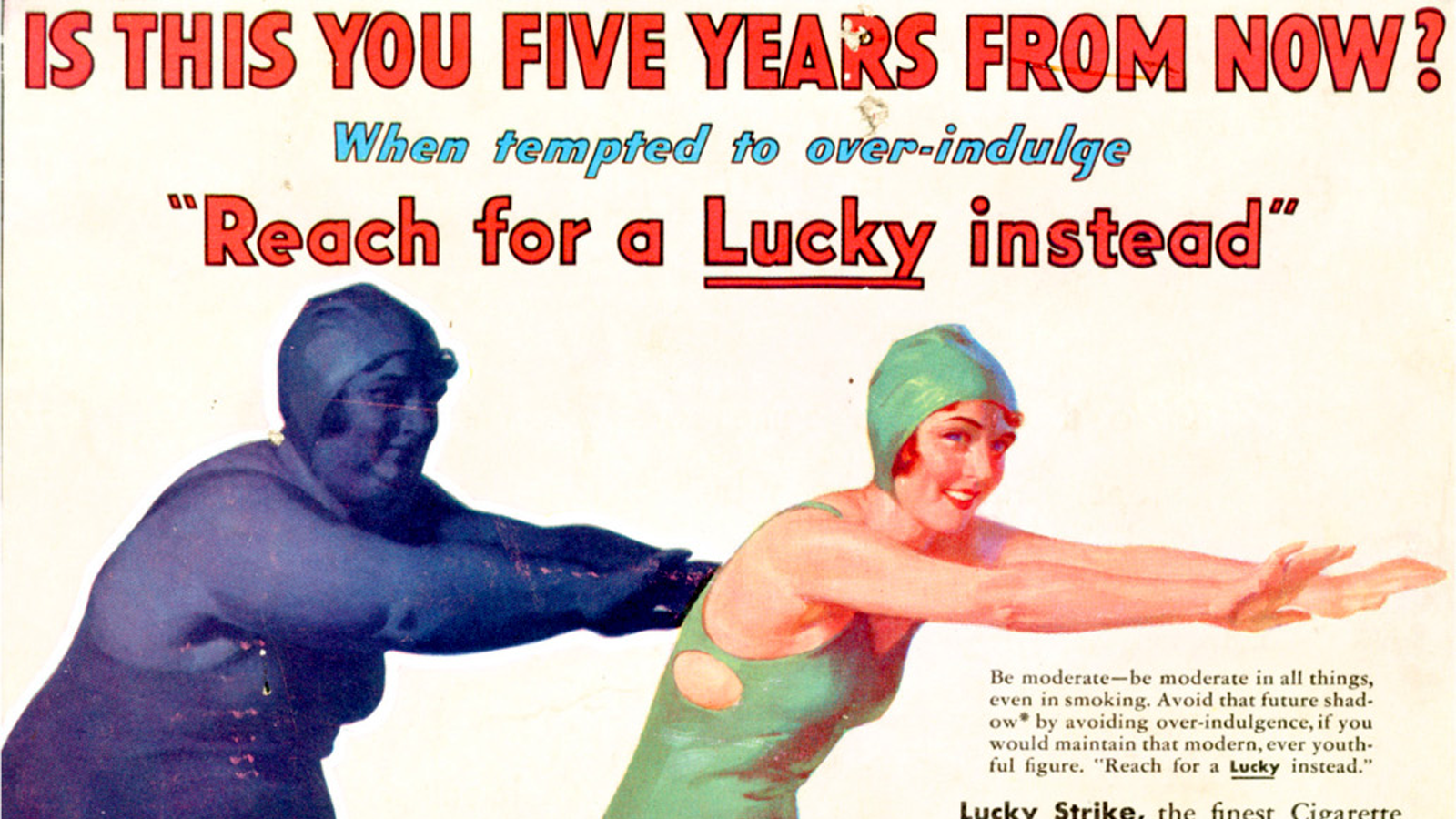In 1864, the US Army began digging a proper well for Fort Monroe, a Chesapeake Bay Union fort surrounded by then-Confederate Virginia. Three years into the Civil War, and cut off from the state it was built to defend, Fort Monroe had more wounded soldiers and escaped former slaves than it could handle, and its insufficient surface wells had already forced a small-scale “invasion” of Virginia to secure enough water.
After five years of digging (long after the Civil War ended), the Army’s well was 907 feet deep . . . but no matter how deeply they dug, the well was bringing up only saltwater! And salty saltwater, twice as saline as the Atlantic. Subsequent attempts at digging wells also turned up only the same salty brine. The aquifers underground were fed by rain, and sloped down from the inland west; by all rights they should have been salt-free. Yet the salt ran deep and wide, fouling water wells on both sides of the bay.
But why? The US Army in 1860s Virginia certainly didn’t know, nor did anyone else at the time. It would be 114 years later, and 190 miles away, that the first significant clue would finally appear.
Continue reading “How Civil War Engineers Tasted A Cretaceous Sea”







